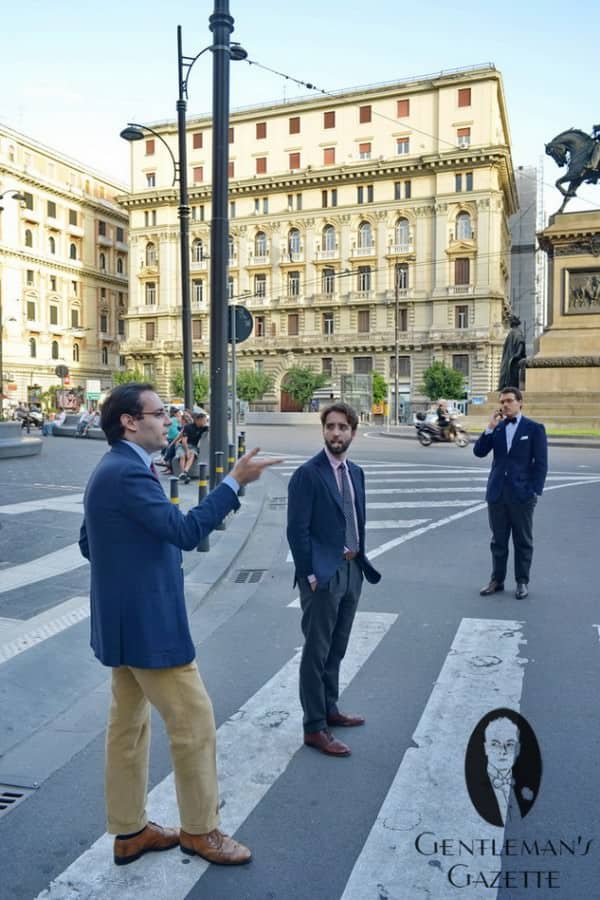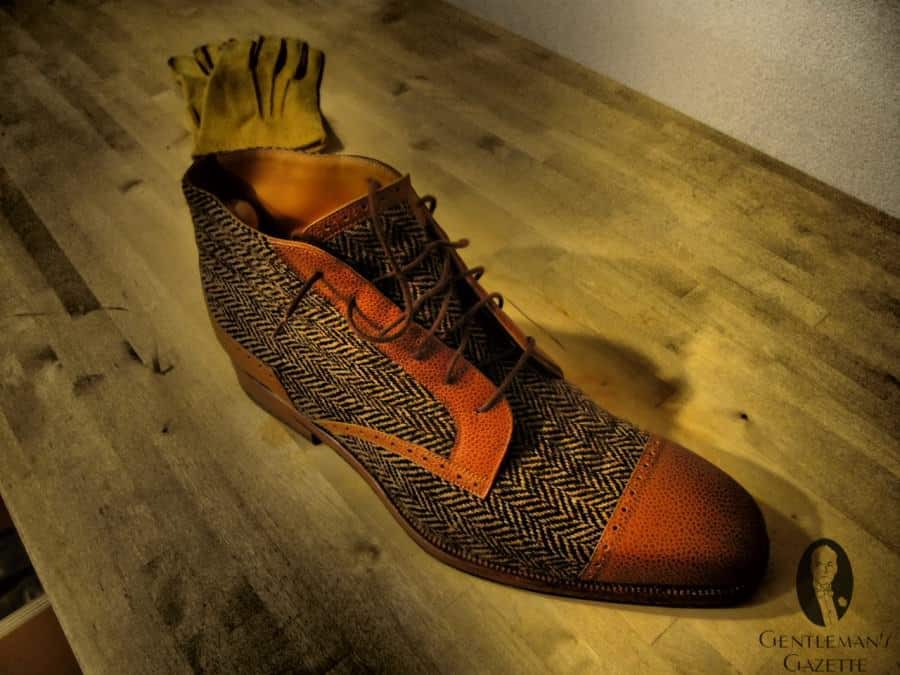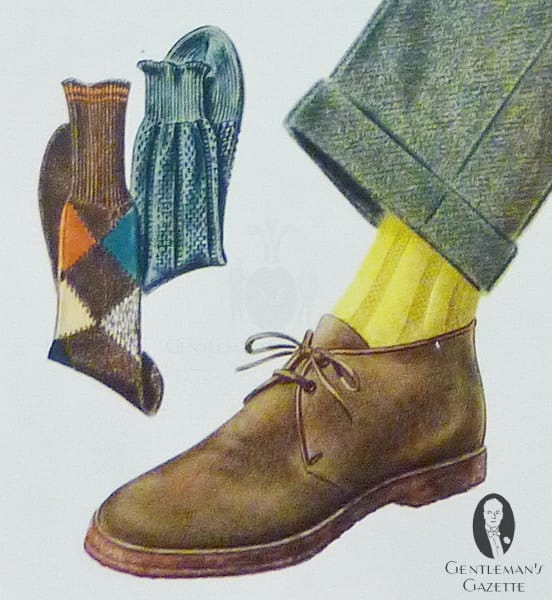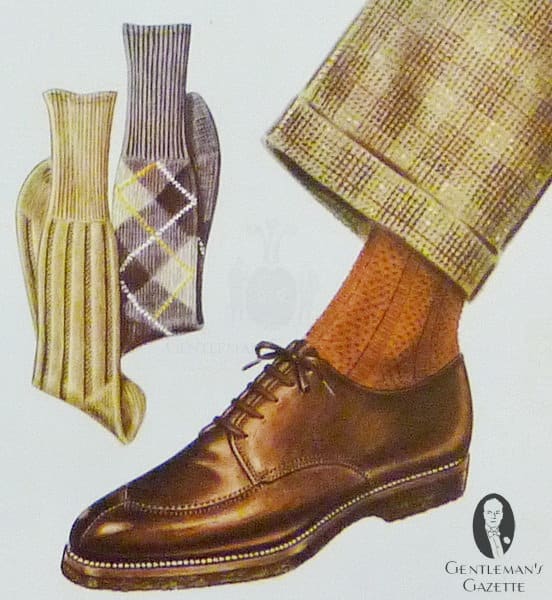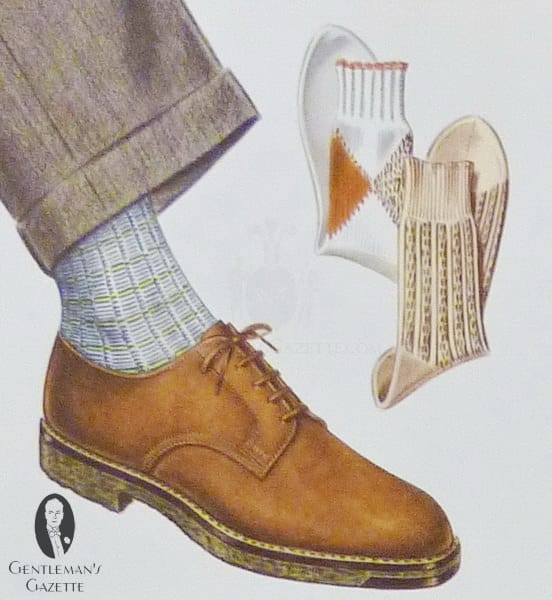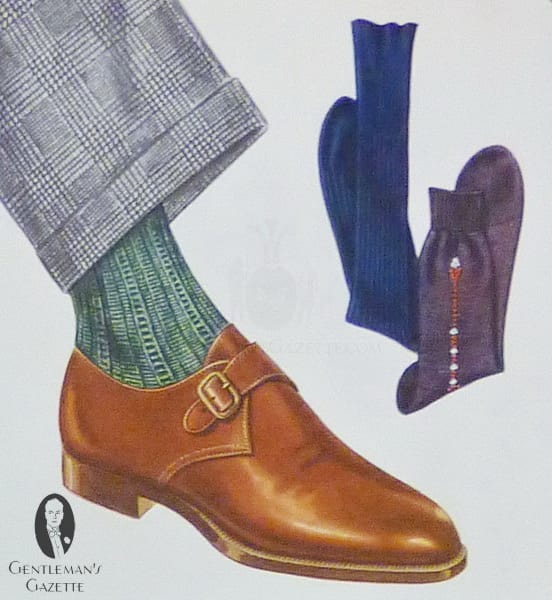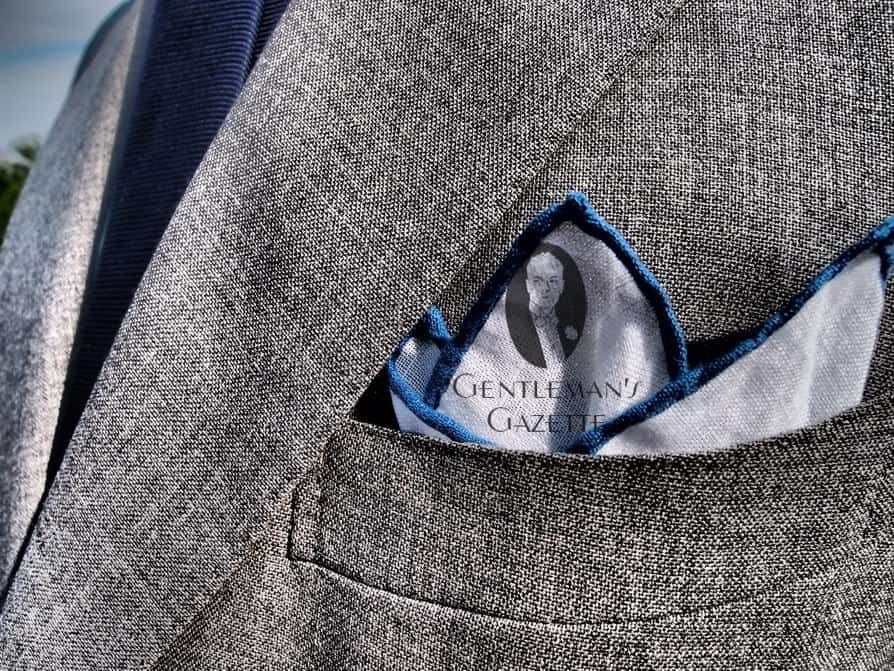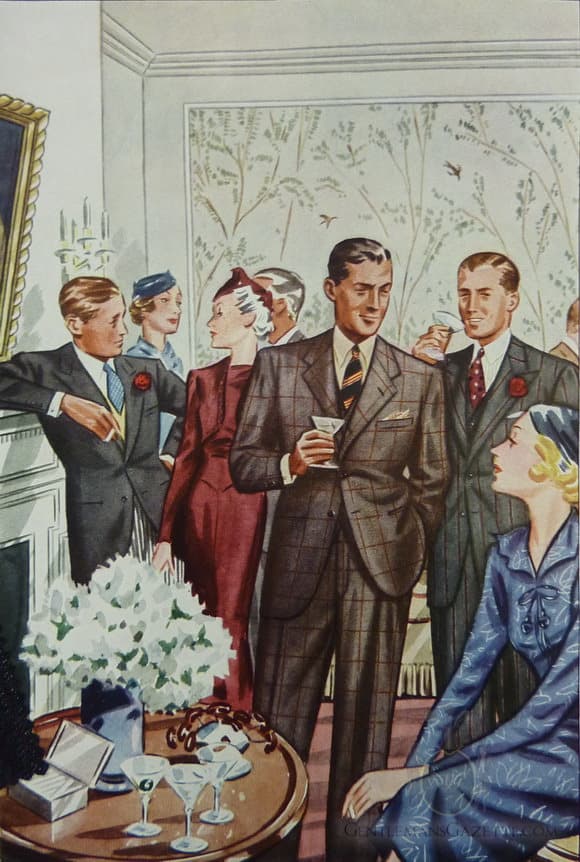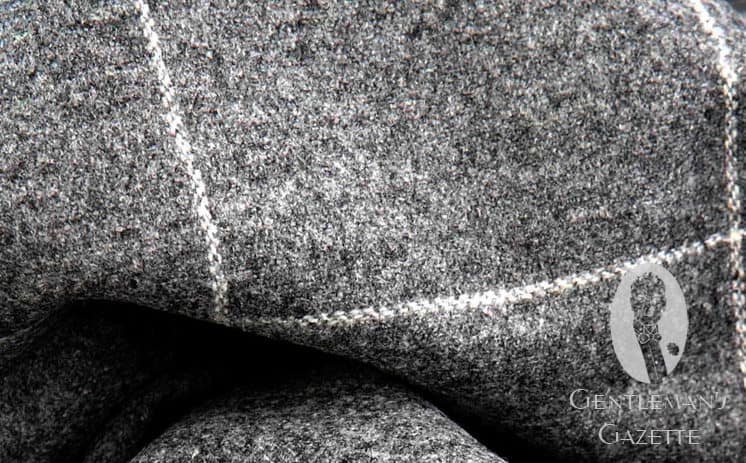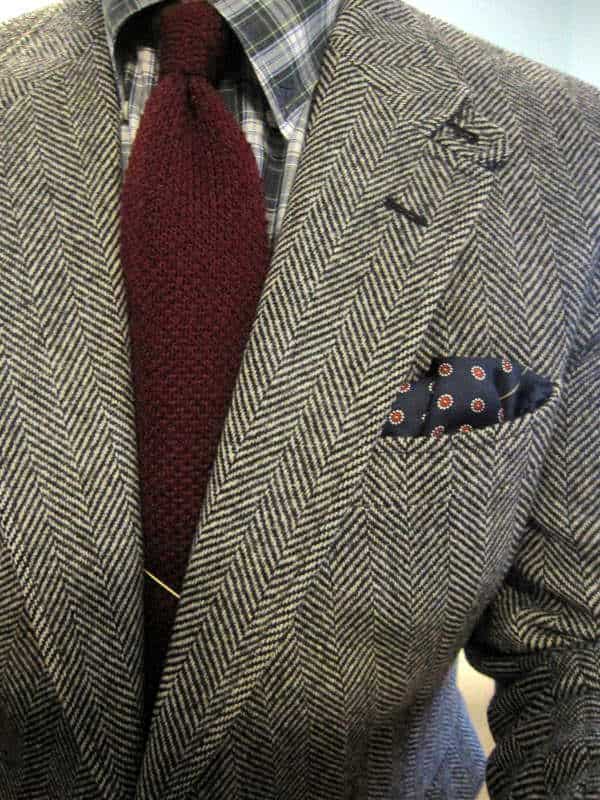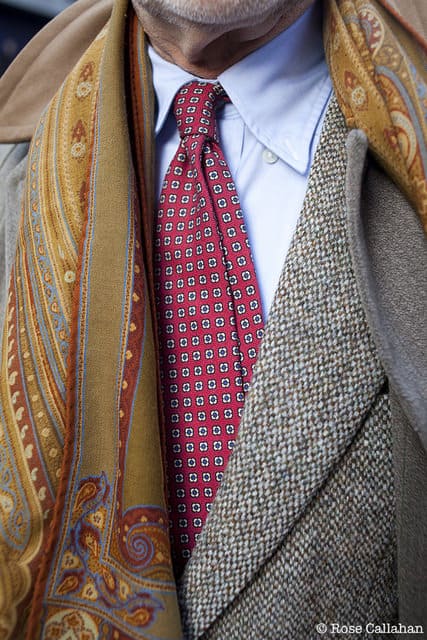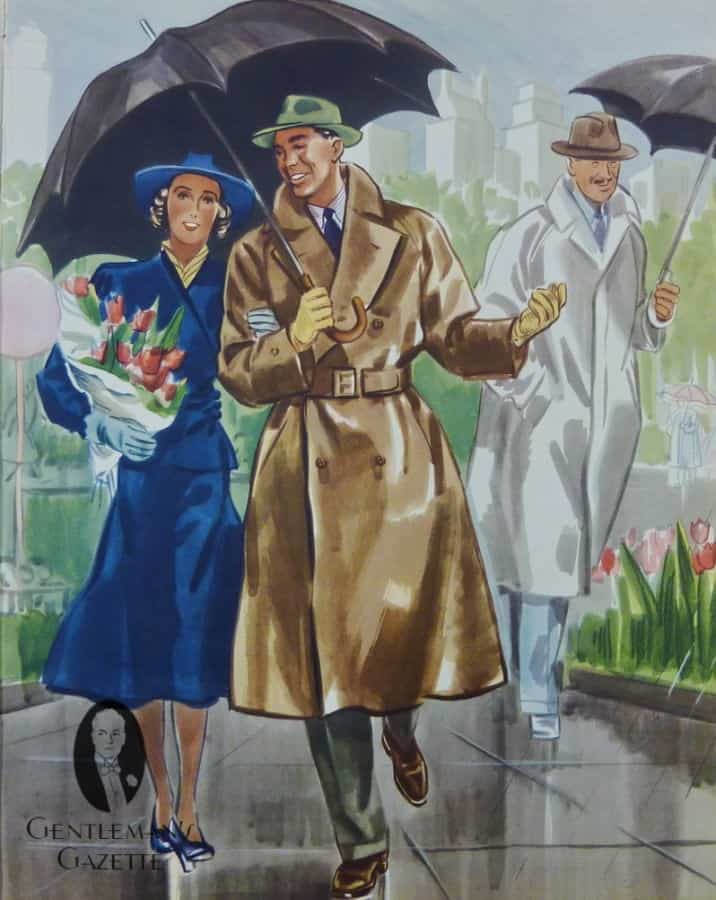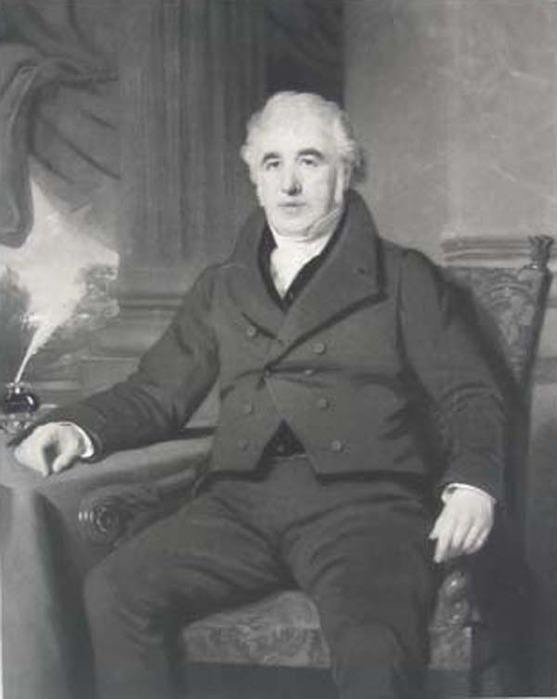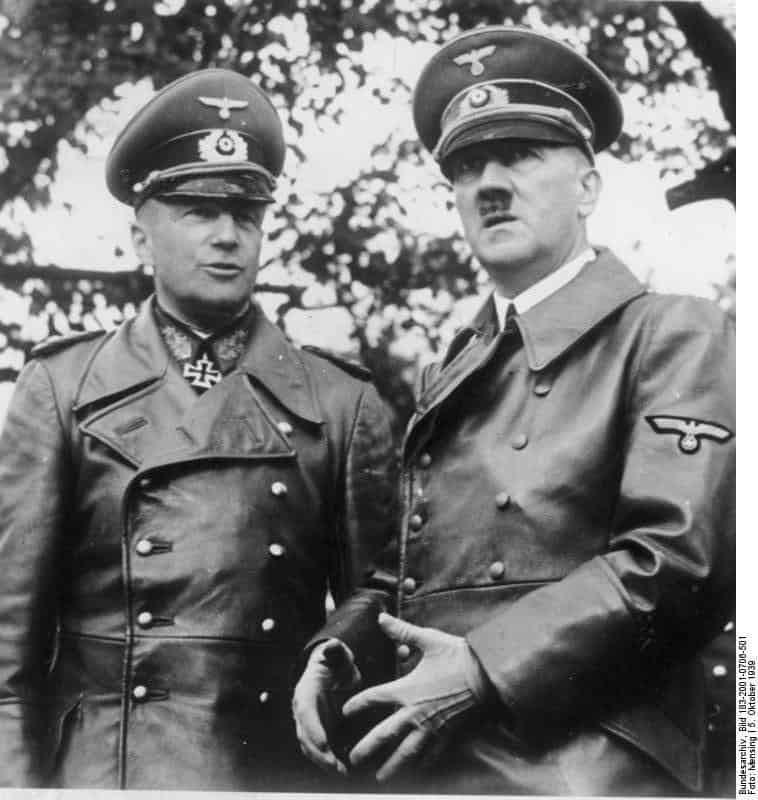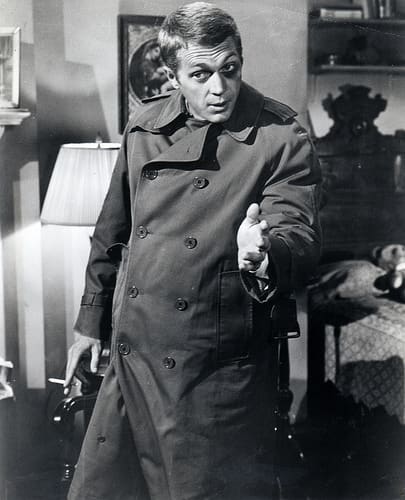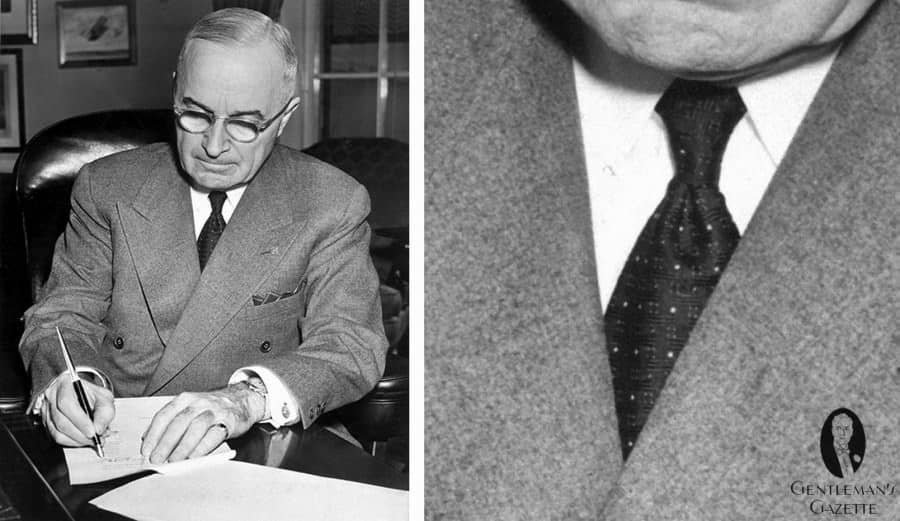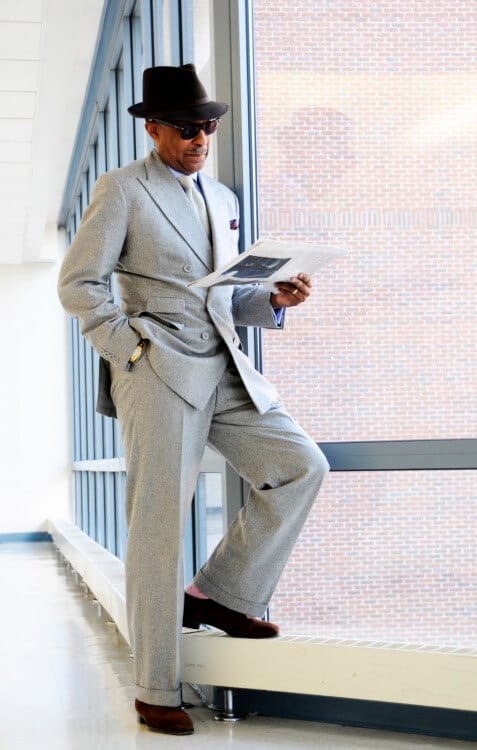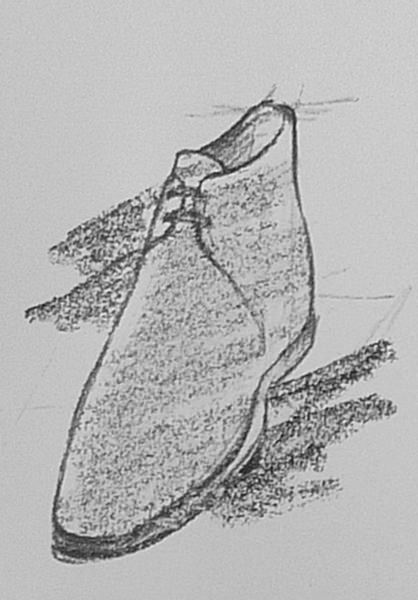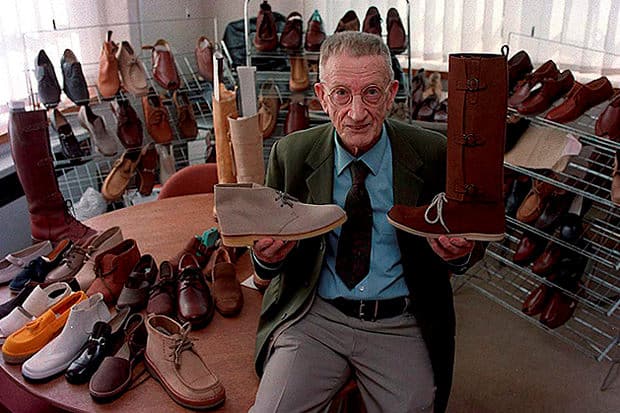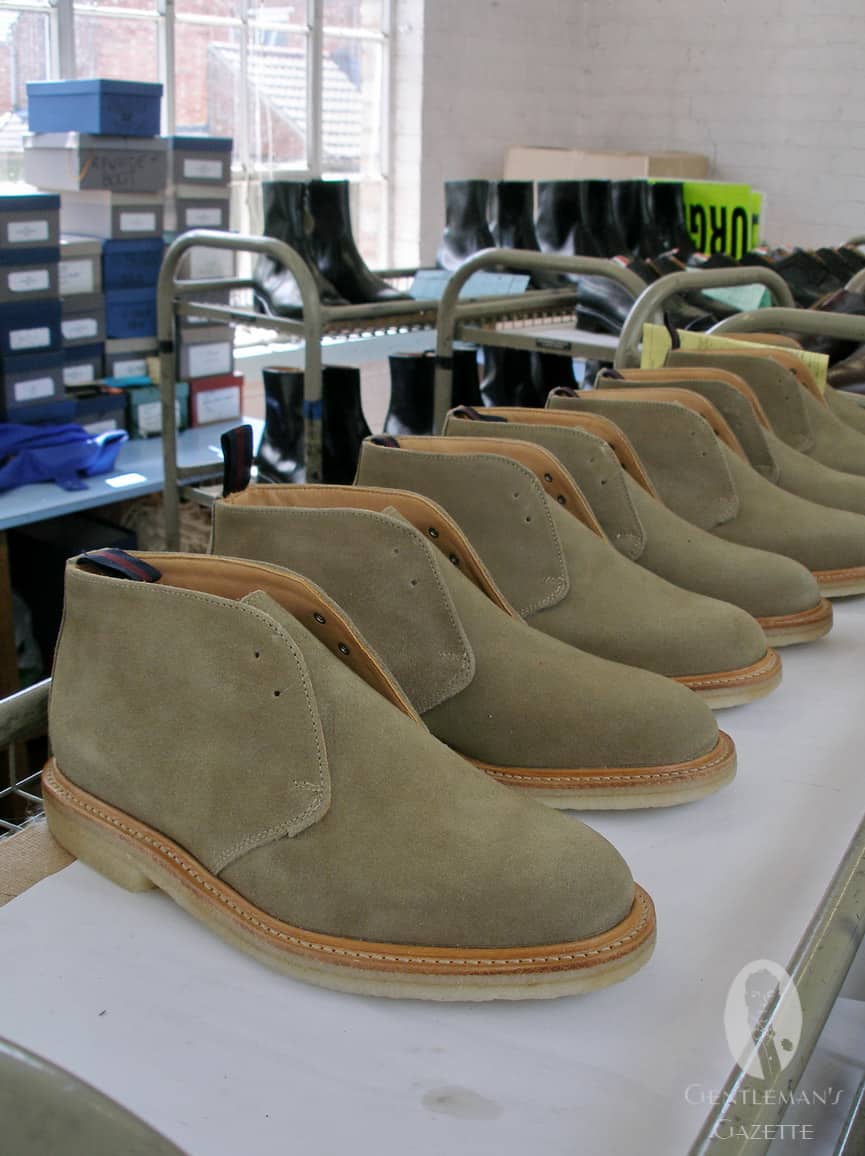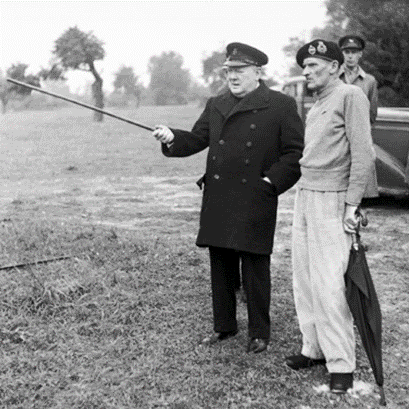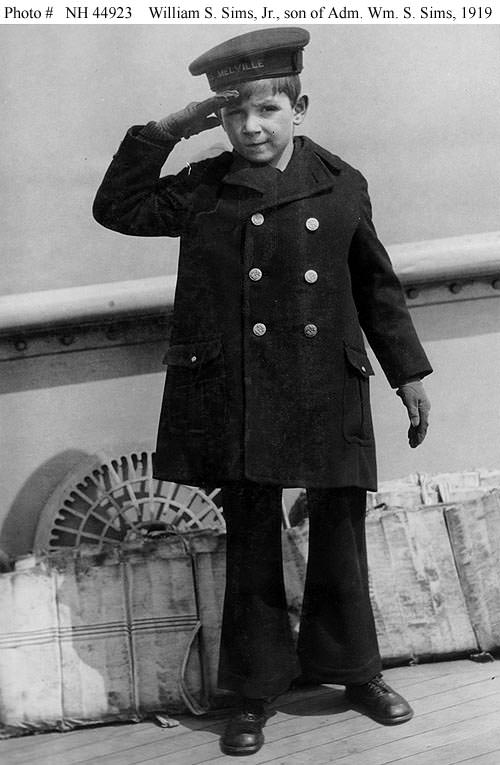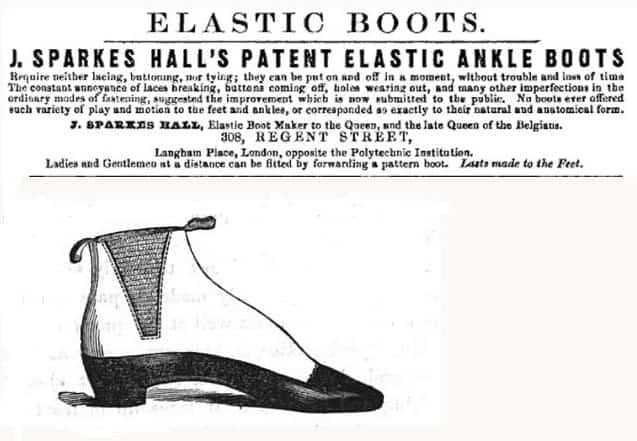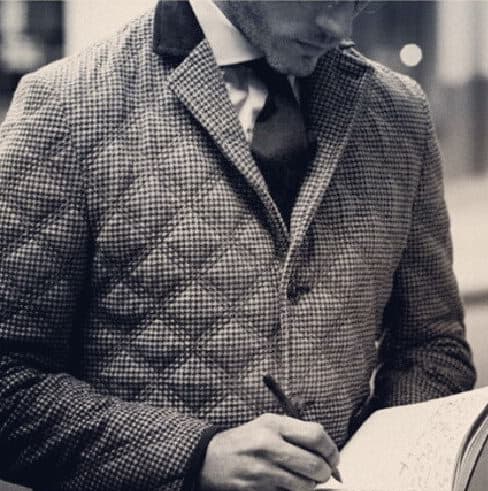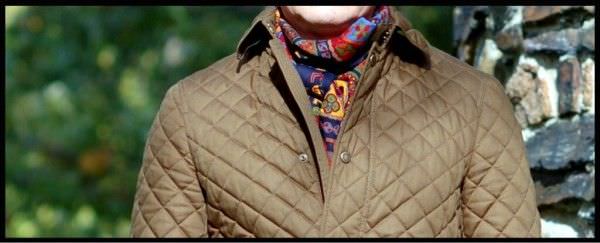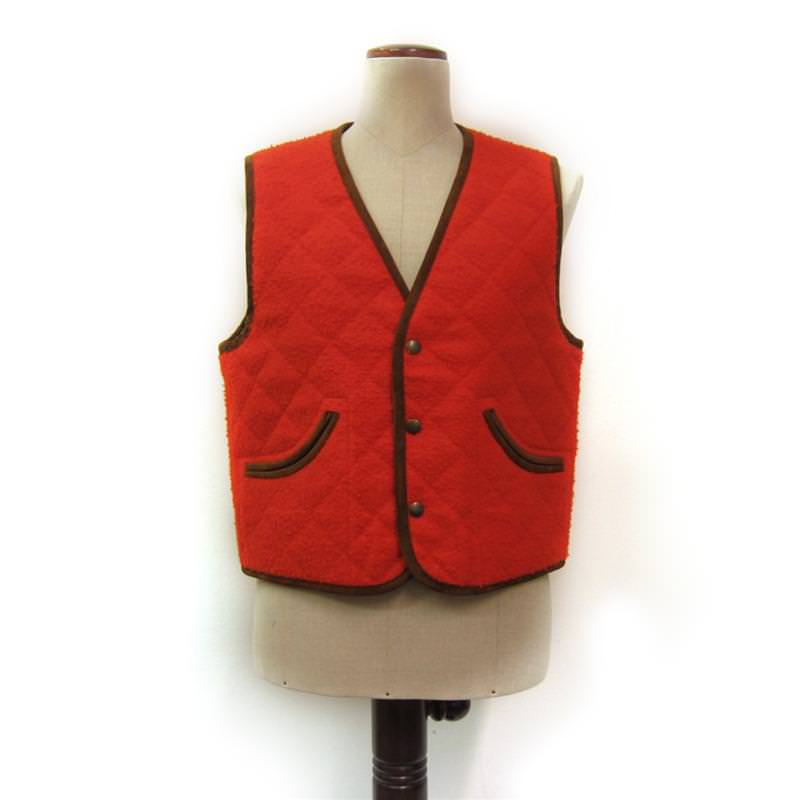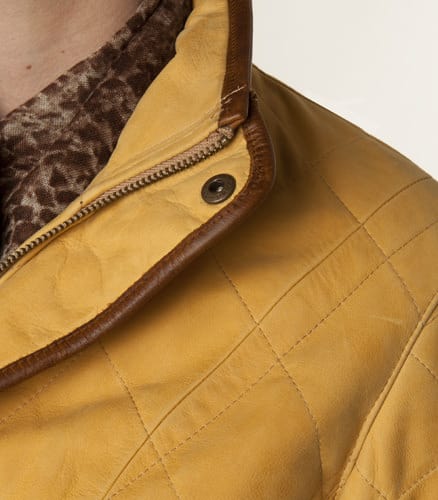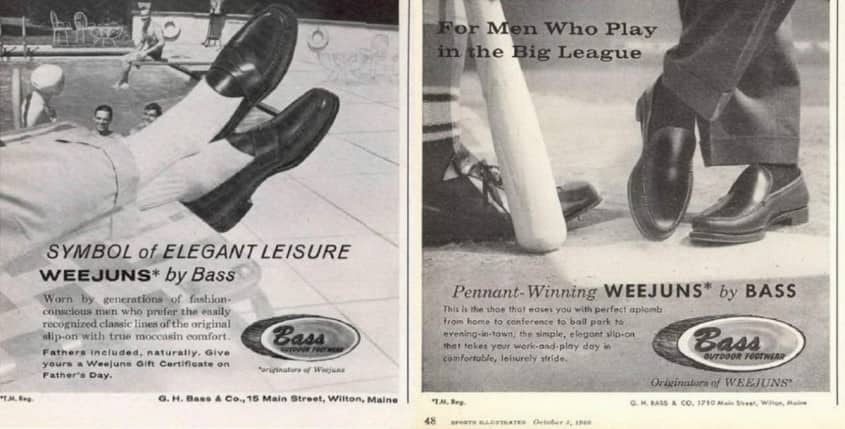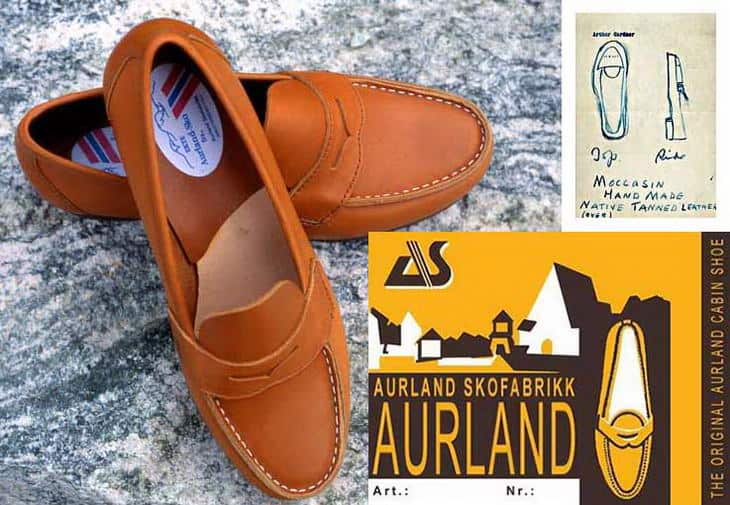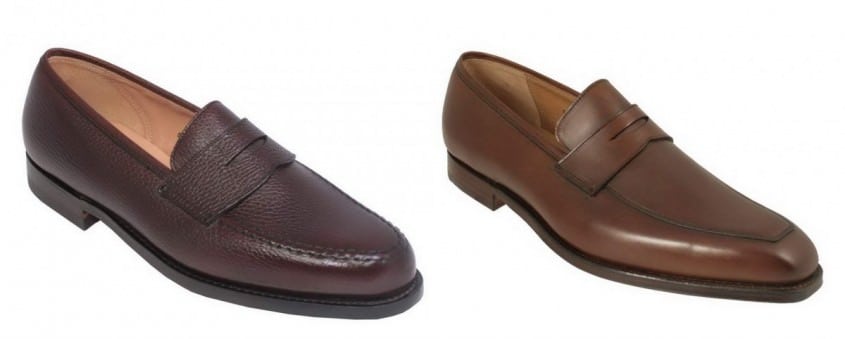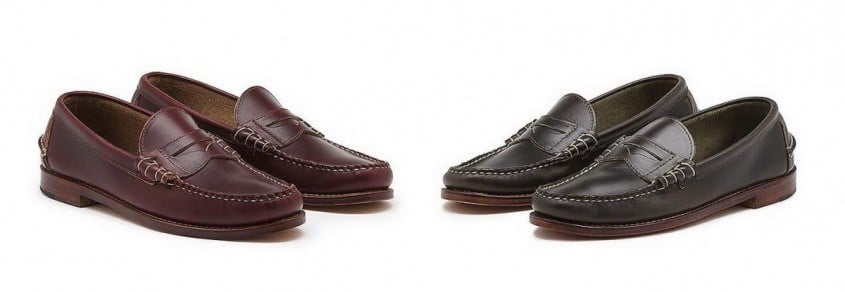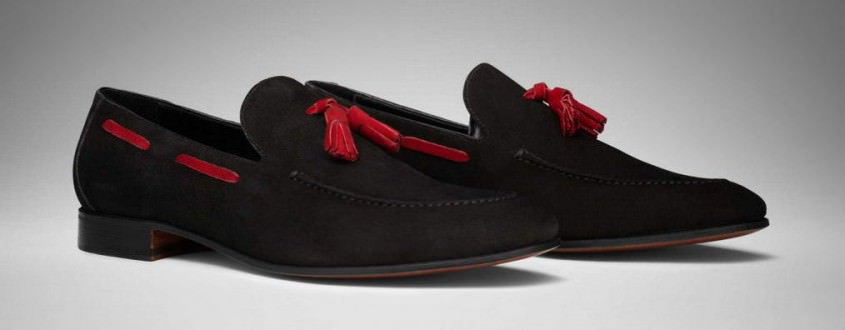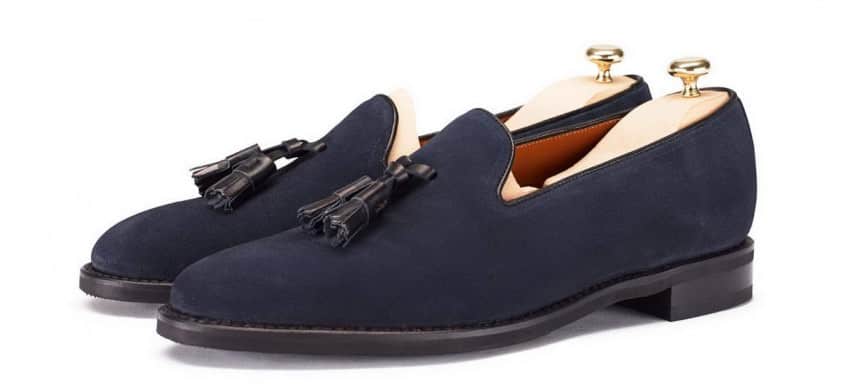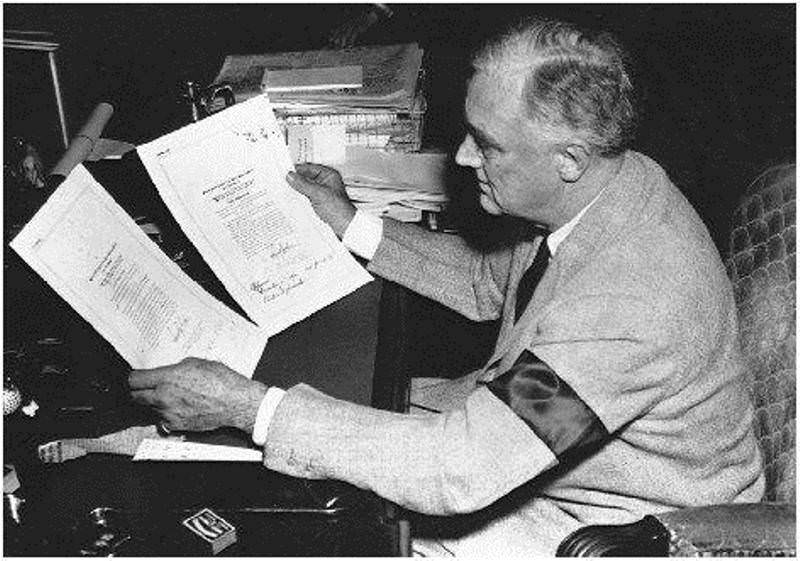Overcoats and topcoats are an integral part of an elegant gentleman’s wardrobe yet few men know what pieces they should invest in. Therefore, I started a series to reveal the different overcoat & topcoat styles.
With a rainy fall in full swing, this is the perfect season to discuss the Trench Coat, to explore its unique roots and variations and to help you to find a trench that both suits your style and your budget.
To jump directly to a paragraph, follow the links below:
The Trench Coat has come a long way from the battlefields of the 19th century. As far as coats go, the Trench Coat is about as iconic as they come, appreciated for their classic form and functionality by men of all tastes. In order to find the right Trench Coat for yourself, it is important to understand its history.
The History of the Trench Coat
As with many garments today, there are numerous theories about the exact origins of the trench coat, and while it is impossible to find out who is right, I will try to outline possible scenarios – you can then choose the theory that pleases you the most!
![American Trenchcoat of the 1940's American Trenchcoat of the 1940's]()
American Trenchcoat of the 1940’s
The Early Days – Macintosh & the Rubberized Raincoat
It seems, that the 18th-century coachman’s coat – which was also the predecessor of the greatcoat– was likely the forefather of the trench coat. Unlike modern designer garments, each characteristic feature of the trench was born out of practicality.
Today, the trench coat is classified as a raincoat, which brings us to our starting point at the beginning of the nineteenth century. Back then, gas lighting was becoming increasingly popular, and Glasgow, Scotland, the gas was derived from coal. In 1818, the Scotsman James Syme realized that the by-product, coal-tar naphtha, was capable of dissolving rubber. As has occurred so many times in history, the inventor / discoverer passed on his information to a savvy business person – in this case, Charles Macintosh, who had successfully made a lot of money with dry bleach.
![Charles Macintosh Charles Macintosh]()
Charles Macintosh
By 1823, Macintosh had found a way to make use of this adhesive rubber solution in garments. He applied it between two layers of cloth, which resulted in a waterproof raincoat that did not feel at all like rubber. Despite the fact that this raincoat had a most unpleasant odor, the Charles Macintosh & Co. was founded in 1824 Manchester, England, which was home to the cotton mills that provided the raw materials for the raincoats.
Although Macintosh was able to sell quite a few of these purely practical garments, the smell was not its only undesirable feature. With the charm of a potato sack, the coat also became sticky like honey in the heat and hard as a board in the cold. Also, the fumes where toxic for the factory workers. By the late 1830s, the coat had fallen out of favor. Advances in production were made, and so by 1854 the company Hellewell advertised the five ounces reversible Paletot, which looked more fashionable and hence was popular with anybody who had to face the elements. Overall, the second incarnation of the raincoat was so popular that they were referred to as Macintosh. Today, the version with a ‘k’, Mackintosh, is more prevalent, and the company is now Japanese-owned.
![Aquascutum Grey Goodlake Trenchcoat from 1854]()
Aquascutum Grey Goodlake Trenchcoat from 1854
Aquascutum
While the Manchester rainwear production was about to reach its peak, two chaps from southern England were working on their own interpretation of this very raincoat. One of them was John Emary, who had opened a tailor shop on Regent Street in 1851. He developed a special raincoat that he called Aquascutum (from the Latin aqua = water & scutum = shield). Soon after that, Aquascutum was producing coats for British soldiers. These coats reached to the ankle and were mostly made up in a double breasted facon.
The raincoat was produced in larger numbers for the British military beginning in 1853 and used in the Crimean war, and it even made an appearance during the American Civil War (1861 – 1865), the Boer Wars and the Russo-Japanese War (1904 – 1905). The oldest likely ‘trench’ coat in existence today is the Aquascutum on of Lt. General Gerald Goodlake, which is preserved at Newstead Abbey, England. He wore this coat during the Crimean war, in which he commanded a force of sharpshooters. On one guerrilla sortie behind the enemy lines, Goodlake, and a sergeant were cut off by a large body of Russian troops. The two British soldiers fired, gun-clubbed their nearest attackers and ran into a nearby ravine. However, the ravine filled with enemy soldiers. To their surprise, the British found they were ignored because of the gray raincoats coats they wore – they had been mistaken for Russians. This camouflage enabled them to march along in the ranks of the enemy until they had an opportunity to escape and rejoin their own men. The gray coat worn by Goodlake is displayed next to his general’s uniform. It was made of all wool cloth by a famous West of England mill and waterproofed to the extent then possible. As you can see in the photo though it was an early predecessor of the trench coat, it does not bear many of it’s trademark features, which would develop later on.
Thomas Burberry
In 1856, a 21-year-old draper’s apprentice, Thomas Burberry, opened an outerwear shop in Basingstoke. Since he had grown up in the country, he noticed that the linen garments of farm workers had certain properties that he wanted to transfer to overcoats and topcoats. This farmer’s clothing was lightweight and not constricting, warm in the winter, breathable in the summer, and shower resistant when damp, because the material shrank once it got moist. Although Aquascutum was the first to produce weatherproofed raincoats on a large scale, by the 1870’s Thomas Burberry had developed into a fierce competitor.
![The Tielocken Trench Coat from Burberry's The Tielocken Trench Coat from Burberry's]()
The Tielocken Trench Coat from Burberry’s
Unlike the rubberized version of Emary, Burberry followed a different approach. Instead of wool, he used sturdy fabric that was woven of a long staple Egyptian cotton yarn that was waterproofed before and after the weaving. He called it Gabardine – today also known as gaberdine – which was, in fact, an old term that had been outdated at the time. The advantages were that it was lightweight, odor free, hard wearing and waterproofed. In 1879, he registered the term Gabardine as a trademark, which would last for 40 years. World explorers like Amundsen and Shackleton would use Gabardine for their exhibitions, and it was widely used during the Boer Wars.
Many Boer war veterans would also fight in the trenches of WWI, and the most famous one was Field Marshal Lord Kitchener, who cut an iconic British figure with a mustache and a trench coat. His preferred model was the Tielocken model, which had been patented in 1912 as a coat with a strap and a buckle instead of buttons and buttonholes. Many officers aspired to follow him, and when he died on a sinking ship during the war, he supposedly wore his trench coat, helping to cement the coat’s by then-legendary status. As you can see from the advertisement, the trench coat was beginning to approach it’s traditional configuration.
Despite, Burberry’s prominent proponents, Aquascutum also had a loyal following that would send back raving letters from the front lines, which would go on to become part of the Aquascutum’s advertising campaigns. During WWI, trench coats were cut in different lengths; they were generally shorter and sometimes they would just reach above the knee. Moreover, they featured epaulets and D-rings. Almost as famous as the sand, olive, and khaki colors were blue & gray gabardine with a checked lining. While some suspect that this was a designer’s invention of the 20th century, checked lined rainwear was, in fact, the standard in the 1880s and 1890s. There was a period in the mid-twentieth century in which trench coats were often lined in solid colors, but today the checked lining is just as distinctive as the outer shell.
![Famous Casablanca Trench Coat Scene Famous Casablanca Trench Coat Scene]()
Famous Casablanca Trench Coat Scene
Some may wonder why this coat remained so popular during the interwar years, and there are a few key reasons. Firstly, in Britain, the government had ordered thousands of trench coats and found itself with a hefty surplus at the end of the war. They were distributed to the public in the 1920’s. Secondly, officers were happy to make use of their uniforms in civilian life, especially since this garment were tough, hard-wearing and fabric remained a scarce commodity. Thirdly, Hollywood stars showcased the trench coat in films across the US, many of which are cultural treasures themselves; just think of Casablanca and Humphrey Bogart, or the Maltese Falcon.
![Soldier in Over Knee Length Trench Coat Soldier in Over Knee Length Trench Coat]()
Gary Cooper as soldier in Sergeant York, 1941 wearing an Over Knee Length Trench Coat
Since the combat strategies of WWII were different and less trench-focused than WWI, shorter multi-functional field jackets (some even camouflaged) were now the garment of choice, and the trench coat lost its military significance. Of course, many have probably seen photographs of German officers from the time in black leather trench coats but these were worn to make an impression rather than for their practicality. Nevertheless, the trench coat remained popular with the public thereafter. Aquascutum blended newly-invented nylon with cotton to create water- and wind-resistant fabrics such as Aqua 5, long before Gore-Tex & Windstopper became household names. In the following decades until today, the trench coat has been popular with countless designers for men and women alike. Today, Burberry Trench Coats are designer investment pieces rather than practical garments. Anyone who knows a thing or two about clothing might try to find a vintage quality Burberry or Aquascutum, because these were the durable classics that contained all the defining details.
What makes a Trench a Trench?
![Trench Coat Hallmarks]()
Trench Coat Hallmarks
I can only repeat myself, but it is important to emphasize that the trench was not invented. Rather than being created on the whim of a designer, it evolved out of necessity and practicality.
1. Trench Coat Fabric
100% Cotton Gabardine
For traditionalists, there is just one choice of trench coat fabric: 100% cotton gabardine as invented by Thomas Burberry. Tightly woven of a worsted cotton, it is both lightweight and durable. As mentioned above, the yarn is waterproofed as well as the finished fabric, achieving remarkable water repellency properties during it’s heyday.
Rubberized
About 15 years ago, Mackintosh reintroduced the rubberized coat as a luxurious item in flashy colors. Since they were particularly successful with Japanese women, the company was sold to a Japanese firm. The prior owners started Hancock, which produced rubberized garments in Scotland.
Modern Fabrics
Aquascutum’s original rubber coating invention is not suggested, because one would easily overheat. If you want ultimate stay-dry performance, fabrics like Gore Text or Event fabric would be better suited, however I think they just don’t look right on such a traditional garment.
Leather
There was a time when leather was frequently used for trenches. German, WWII officers were infamous for their black leather trenches. Out of respect for the victims the Third Reich, black leather trench coats should never be worn.
In brown colors, a trench coat resembles the style of the 1970’s and 1980’s. Moreover, it is usually heavier, and you will not get as much use out of it. Therefore, it’s best to stay clear of leather trench coats altogether.
![Brauchitsch & Hitler in Black Leather Trench Coats at Warsaw Parade 1939 Brauchitsch & Hitler in Black Leather Trench Coats at Warsaw Parade 1939]()
Brauchitsch & Hitler in Black Leather Trench Coats at Warsaw Parade 1939
2. Colors
The most traditional color is camel / khaki. Other popular colors include sand, stone as well as navy blue or black. Today, you can find them in black, yellow red or and every other color under the sun. Personally, I own three trench coats – the first is a vintage coat in black from Burberry, the second is a light khaki/sand color, and the third is a darker khaki, also from Burberry. It may seem obvious, but bear in mind the lighter the color the more quickly it is stained. For that reason, I would never consider taking anything but a dark trench coat with me for travel purposes. Just like with any other garment, think about when and where you will wear it before you buy.
3. Raglan Sleeves
The raglan sleeve made its debut in the 19th century, and just like the Chesterfield coat, it owes it name to an aristocrat: FitzRoy Somerset 1st Baron Raglan.
As with many other garments, there are two stories here. During Waterloo, Lord Raglan injured his right arm that had to be amputated.
One source indicates that he requested a coat designed so he could dress more quickly. His tailor obliged and created a short coat with a simple diagonal sleeve seam setting that extended from the neck to the underarm, without a distinctive sleeve head.
![Traditional 5x2 Double Breasted Trenchcoat with Raglan Sleeves Traditional 5x2 Double Breasted Trenchcoat with Raglan Sleeves]()
Traditional 5×2 Double Breasted Trenchcoat with Raglan Sleeves
According to Graeme Fidler, Lord Raglan wanted to help soldiers to keep warm and hence devised a garment made from a potato sack, which was slit at the neck and slashed diagonally across the corners to allow the arms to move freely. Why anyone would want to imitate the style of a potato-sack coat, I have no idea, but there you have it.
In my personal experience, I haven’t noticed a huge difference in mobility between the two cuts. One might feel the difference in a bespoke trench, but off the rack, raglan armholes are often huge and don’t allow for more mobility.
Overall, I think mobility is more a question of proper tailoring than the choice of style. Of the two vintage Burberrys’ trenches I own, one has a regular sleeve and the other a raglan and to me they feel the same
![Single breasted trench coat variation without Raglan sleeves by GG reader Malcom Kindness]()
Single breasted trench coat variation without Raglan sleeves by GG reader Malcolm Kindness
However, I would agree that it is easier to put on a raglan-sleeved coat, which was the original reason Raglan wanted such a coat (according to one story).
Again, the traditionalist would choose the raglan sleeve while I would council everyone else to take whatever fits best.
4. Double Breasted
By its military origin, a trench coat is traditionally double breasted and features ten buttons on the front. Of course, there are all kinds of double breasted and single breasted versions available with multiple button & belt configurations, but the first coat has always been the 5×2 DB cut. Personally, I much prefer the look of this silhouette over any others.
5. Epaulettes
The infamous shoulder tabs often seen on military uniforms also found their way on a trench coat, but they were not added merely to indicate rank. Much rather, they were used to secure gas masks, gloves, or whistles.
![Gun Flap or Strom Patch on a Trench Coat Gun Flap or Strom Patch on a Trench Coat]()
Gun Flap or Strom Patch on a Trench Coat
6. Gun Patch / Storm Flap
The gun patch fulfilled two functions. It could serve as a gun flap for the recoil of the rifle, but more importantly, it prevented rain water flowing down the shoulders from entering the inside of the gun. Personally, I rarely use this feature but it can never hurt, I suppose.
![Collar Hook on a Burberry's Trench Coat Collar Hook on a Burberry's Trench Coat]()
Collar Hook on a Burberry’s Trench Coat
7. Hook & Eye and Throat Latch
Just below the large collar, you will find a hook and eye that allows you to keep easily your collar closed up all the way. It is often secured with a strap and buckle system that is hidden underneath the collar – also known as a throat latch. I find it particularly useful to protect myself from cold winds in combination with a scarf.
8. Belt with D-Rings
Initially, the belt with its D-Rings was used to suspend items of equipment, such as grenades or even swords.
![Belt with D Rings, Leather Buckle & Storm Pocket Belt with D Rings, Leather Buckle & Storm Pocket]()
Belt with D-Rings, Leather Buckle & Storm Pocket
By time trench coat appeared, the sword was already merely decorative. Today, the belt enables you to create an attractive silhouette by defining the waistline. In theory, you could still use the D-Rings, though the belt loops might rip off rather quickly.
![Trench Coat Throat Latch. Trench Coat Throat Latch.]()
Trench Coat Throat Latch.
![Button to Close the Wedged Vent Button to Close the Wedged Vent]()
Button to Close the Wedged Vent
9. Sleeve Straps
The sleeve straps on the cuffs can be tightened to keep out the elements. I rarely tighten these buckles because it is a pain to get out of the coat after the fact, but I can see why they are useful for a cold and rainy day.
10. Deep Yoke Back Saddle
The deep back yoke allowed the water roll onto the floor rather than down the back of the wearer. This feature is not seen on many other garments and as such, it is unique to the trench.
11. Wedge Back
For soldiers to be able to move quickly, every trench coat had a vent. To keep you dry and warm, it was tailored with a wedge.
![Trench Coat with High Collar, Deep Yoke Back, Belt with D Rings & Wedged Back Vent Trench Coat with High Collar, Deep Yoke Back, Belt with D Rings & Wedged Back Vent]()
Trench Coat with High Collar, Deep Yoke Back, Belt with D-Rings & Wedged Back Vent
I can attest from personal experience, that wedged vents are great because they continue to block the wind and rain while allowing added movement. If you do not like the look of it, you can always button it up.
12. Through Storm Pockets
The storm pockets can be buttoned up from the outside to keep out the rain. All proper trench coats have through pockets than can be reached from the inside and outside. I like this feature when traveling because I can wear the coat buttoned or unbuttoned, and I always have access to my wallet, passport, etc.
![Traditional Leather Buckled Sleeve Straps Traditional Leather Buckled Sleeve Straps]()
Traditional Leather Buckled Sleeve Straps
13. Leather Buckles
Leather buckles were available back then, and I like the look of them though technically metal buckles would perform just as well, if not better in the long run. Since the buckles are often handled , leather is often worn in this location, especially on vintage garments.
14. Checked Lining
![Through Pockets with Classic Burberry House Tartan Through Pockets with Classic Burberry House Tartan]()
Through Pockets with Classic Burberry House Tartan
Traditionally, trench coats feature a checked lining. Burberry now offers six different checks in various sizes. The Equestrian Knight pattern is characteristic, but the classic house check is probably the most widespread for trench coats, and it features the tan, black, white and red tartan without any branding.
![Aquascutum Club Check Lining "Club 92" Aquascutum Club Check Lining "Club 92"]()
Aquascutum Club Check Lining “Club 92.”
Aquascutum introduced their hallmark club check lining “Club 92” in 1967, which is now also known as the Aquascutum Club.
For the cooler days, a removable wool lining can be attached with buttons (for coats with this option), which makes it all the more versatile. My old non-Burberry “Made in England” coat has a lovat green liner that is made of 95% wool with 5% camel hair, and I can recommend it.
15. Made in England
The original coats were made in England, but as you probably know by now, quality is not limited to a particular country, and you can find both crap and high quality just about anywhere.
Burberry makes most of their coats in Turkey nowadays and Aquascutum in Italy. Both are fashion brands, as is Mackintosh. Hancock provides rubberized coats, but I am sure a tailor could make them for you too. Burberrys’ Trench Coat from Pre 1999 were usually made in England but take a look at the buying section below for more details.
Trench Coat Fit
![Steve McQueen in Blue Trench Coat 1963 Steve McQueen in Blue Trench Coat 1963]()
Steve McQueen in Blue Trench Coat 1963
Most trenches are not worn skin tight since they were worn over other garments, such as uniforms, suits, etc. Just like with any garment, you have to decide how you want to wear it.
If you wish to wear a suit underneath of it, bring a suit when you try coats on, and wear it both with and without your suit coat. Also, decide whether you want a detachable liner or not, as it is not easy to add one in after the fact.
The sleeve should reach to the root of your thumb, so your sleeves underneath are covered completely, and your shirt cuff remain out of view when you move around. Anything longer than that will make you look like you haven’t yet made it to the alterations tailor.
How To Choose the Right Trench Coat Length
Bear in mind, there is not one traditional length. Ads and pictures from back in the day range from above the knee to the mid-calf and sometimes even to the ankle.
The most versatile coats are worn at about knee length.
Short Men
Simply choose what feels right to you tough bear in mind that an ankle-length coat might be overwhelming for a smaller frame while an above-the-knee coat will help elongate your legs.
Tall Men
The opposite is true for taller men, who should avoid short coats that would only elongate the legs further.
I am 6′ / 183cm tall, and my Burberrys’ Trench coats reach just below the knee, and my third coat is knee length. I probably prefer the below-the-knee versions, but that’s just personal taste.
Trench Coat Alterations
As with most garments on the rack, keep in mind that you can make them smaller by one or two sizes, but rarely bigger. Never have extreme alterations done since it will distort proportions of belt line, buttons, pockets, etc., and you will look unintentionally awkward, despite all your efforts.
Where to Buy a Trench Coat?
Basically, you have three options.
![Aquascutum Kingsgate Trench Coat Aquascutum Kingsgate Trench Coat]()
Aquascutum Kingsgate Trench Coat
1. Used coats. Old Burberrys’ or Aquascutum coats are the real deal and should last you for years, as I can attest, but it may be tedious or expensive to find one in good condition. I happened to spot my first one for 125 EUR in a men’s vintage store in Germany, so it’s worth investigating what you like and keep an eye for it. Alternatively, you can take a look on eBay, where you can always find a plethora of different trench coats.
2. Off the Rack. Obviously it is the easiest and quickest route to buy a new trench coat at a store. Burberry still carries their original styles, but it will set you back about $1800 or 750£ for Aquascutum. As I mentioned in the used section, they do tend to last, so they might be a good piece to invest in and treat with care. In any case, there is a good resale market for Burberry trenches. However, smaller companies like Francis Campelli, also produce quality garments according to our British readers.
3. Bespoke. If your tailor can source the right kind of gaberdine and the wool liner as well as the pattern, a custom trench is certainly an option that is hardly more expensive than the established brands.
How To Buy A Used Burberry Trench Coat
Burberry is the most well-known brand when it comes to Trench Coats. Hence we pub together this mini-guide on How To Buy a Burberry Trench:
Not All Burberry Trenches Are Alike – Get A Burberrys’
It’s important to know that Burberrys to BURBERRY in 1999. Most gentlemen prefer the pre-1999 trench coats to post-1999 versions because they were almost completely made in England. Today, BURBERRY is more of a fashion brand than a provider of top quality garments.
Burberrys’ vs. BURBERRY
Fortunately, it’s very easy to distinguish the coats:
The pre-1999 trench coats have a label that reads Burberrys’ with an s and ‘ at the end. The font is usually white on a navy or dark blue label.
- Trench coats with a BURBERRY label without the S are post-1999 and mostly made in Italy, Turkey, Malaysia.
![Burberrys' pre-1999 Made in England Label]()
Burberrys’ pre-1999 Made in England Label
Other Burberry Labels
Tom complicate matters, the company has a number of other labels which are also used for Trench Coats:
BURBERRY BLACK LABEL and BURBERRY BLUE LABEL are made tailored for Japanese customers under license by Sanyo Shokai. While a few of them are made in Japan, the bulk of these trench coats is made in China. I would recommend you stay clear of those.
BURBERRY PRORSUM is the high-end label of the company. It is generally more fashion forward with a price tag to match. If you find one you like, go for it, though it has not much to do with the traditional British Trench Coat Burberrys’ was famous for.
Recommendation – go with pre 1999 Burberrys’
My favorite trench coats are the ones made pre 1999 with Burberrys’ labels. They are generally well made, last a long time and they are simply the real deal.
The details below pertain to these pre 1999 trench coats only!
Sizing
The sizing of Burberry Trench coats can be very confusing. On top of that, trench coat cuts have varied over the years. Therefore it is extremely important to go by measurements especially if you buy a trench coat on eBay or online in general, because otherwise you may end up with something that looks like a potato sack.
Old Burberrys’ Trench Coats come in a rather unusual sizing system that is a mix between the U.S./UK sizing and continental European sizing. The size is always marked on a white size label inside the left pocket in the “NAME” field. Size 50 equals U.S./UK size 40. The additions of REG, S or L pertain to the length of the trench coat., For example tall people should usually go with a L or REG version but they can still go with S if you prefer a very short trench coat. The problem might be that that sleeve length is not long enough. On the other hand, a short person may want to go with REG instead of S and have the coat and sleeves shortened. Always bear in mind that changing too much will make you look weird because the proportions of your garment will be off.
To help you find the right size, check out this table. Bear in mind that exact measurements are more accurate than any sizing!
| REG | | | | | | | | |
| Burberry Sizing | 44 REG | 46 REG | 48 REG | 50 REG | 52 REG | 54 REG | 56 REG | 58 REG |
| U.S. / UK Sizing | 34 | 36 | 38 | 40 | 42 | 44 | 46 | 48 |
| European Sizing | 44 | 46 | 48 | 50 | 52 | 54 | 56 | 58 |
| | | | | | | | |
| S | | | | | | | | |
| Burberry Sizing | 44 | 46 | 48 | 50 | 52 | 54 | 56 | 58 |
| U.S. / UK Sizing | 34 S | 36 S | 38 S | 40 S | 42 S | 44 S | 46 S | 48 S |
| European Sizing | 22 | 23 | 24 | 25 | 26 | 27 | 28 | 29 |
| | | | | | | | |
| L | | | | | | | | |
| Burberry Sizing | 44 L | 46 L | 48 L | 50 L | 52 L | 54 L | 56 L | 58 L |
| U.S. / UK Sizing | 34 | 36 | 38 | 40 | 42 | 44 | 46 | 48 |
| European Sizing | 90 | 94 | 98 | 102 | 106 | 110 | 114 | 118 |
Authentic or Fake Burberry?
Due to the popularity of the Trench Coat and the Burberry brand, you will occasionally counterfeited Burberry trench coats. Fortunately, most fakes are of low quality and relatively easy to spot. These are the things you should pay attention to:
- Neat Stitching: Genuine Burberry trench coats feature neat seams and stitching. For example the belt loops are carefully reinforced with a little square stitch whereas fakes often feature sloppy stitching and little to no attention to detail.
- Matching Nova Check Pattern: On genuine Burberrys’ Trench coats the Nova Check lining matches up neatly and it is always in the colors beige, white, black and red. Different colors or mismatched checks are a hallmark of fakes.
- White Size Label: Genuine pre-1999 trench coats have a white label in the left pocket with a Name and Order field. The size is always in the Name field. On the liner, the size label is hidden underneath the navy blue Burberrys label. If you cannot find these labels and they were not removed, it is a fake.
- Quality Gabardine Fabric: The Burberry Gabardine is very hard wearing and anything but flimsy. You can find it in 100% cotton, 51% Cotton 49% Polyester and 67% Polyester 33% Cotton. Every other compositions are not genuine.
When to Wear & When Not to Wear a Trench Coat?
Today, I would wear it for all kinds of daywear activities, except formal morning dress. It is appropriate with casual wear as well as business suits, and it is an ideal travel companion due to its moderate to light weight, water repellency, and versatility. Despite its manifold uses, please bear in mind that the trench coat is not appropriate for formal evening wear such as black tie or white tie.
![Trench Coats Trench Coats]()
Trench Coats
Conclusion
The trench coat remains a stylish raincoat for men and women alike despite its unmistakably military origins. It is versatile, tough-wearing and dashing if worn right. Because of its weight and detachable liner it can be worn during the spring and fall but also during mild or rainy winters. It is an ideal travel jacket that combines multiple coats in one. Before you buy one, think about where and how you will wear it and what style would look best on you. If you have any further questions, in case you think I missed something or if you know a great source for trench coats, please let us know.










